Survivor’s story: Venetian Ghetto’s last witness to Auschwitz

Simply sign up to the Life & Arts myFT Digest -- delivered directly to your inbox.
Sitting outside her retirement home in the Venetian Ghetto, wrapped in scarves and a coat, Virginia Gattegno shivers in the spring sunlight. More than 70 years after enduring the Polish winter of 1944, the Auschwitz survivor still feels the cold. She explains: “For us Mediterranean people, who hadn’t experienced cold, that was the cruellest thing, worse than the hunger.”
The birdlike 93-year-old is the last witness of the Nazi death camp living in the ghetto today.
When in 1516, the Doge, Leonardo Loredan, enforced segregation of Venetian Jews, on a small island formerly used as a metal foundry (geto in the Venetian dialect), he instituted the world’s first ghetto. Jews were in the main limited to working as pawnbrokers or moneylenders, wearing yellow circles as identification, and were locked inside the island’s gates at night. While appallingly discriminatory, it was, for some, a shelter from even worse persecution elsewhere.
To mark the 500th anniversary, the remaining Jewish community of about 450 have organised a series of commemorations, including the first performance of Shakespeare’s The Merchant of Venice in the ghetto’s principal square, the Campo del Ghetto Nuovo, where Gattegno has lived since 2007. The community is raising funds to preserve the quarter’s crumbling tenement houses and five ornate synagogues.
We walk the few steps to an arched green door, the entrance to the Jewish retirement home. Up an unembellished stair, Gattegno’s bright first-floor room looks over a canal to the arched bridge linking the ghetto to Venice’s many small interconnected islands. The gates are long gone, but two soldiers with automatic weapons stationed outside are a stark reminder that Jews are still not safe in Europe.
Gattegno, originally from Rome, married a Venetian called Ugo Cipolato, with whom she had two daughters. She has lived in Venice for the past 60 years. Hatred for Jews has never really disappeared, she says. She lost her mother, grandmother and two younger brothers in the concentration camp, and almost starved to death herself, but she did not speak of Auschwitz until the 1990s.
Before the Holocaust, such evil seemed unthinkable, she says. “The Germans had been among the most civilised, sophisticated people in Europe, who treated Jews the best.” But the fear that anti-Semitism is in resurgence in Europe drives her to retell her story. She believes that conserving the physical site of the ghetto, a reminder of the persecution of Jews for centuries, is vital. “The ghetto must be here to remind people, because after the last witness to the Shoah [Holocaust], who will tell what happened to the Jews?”
Gattegno laughs easily and often. She has the uninhibited candour of old age, chattering about her youth: “I wanted to be an actress you know”, breaking into song. At times she demonstrates a gallows humour, asking, “You know why so many Jews play the violin? Because it’s difficult to escape with a piano.”
The floor in her room is traditional Venetian Terrazzo, yet the furniture is modern and inexpensive. A painting of Jerusalem’s multi-denominational roofs hangs on the wall, alongside several landscapes with Monet-style brushwork, painted by her father, who was the headmaster of a Jewish school and died in 1941.
Her prewar possessions were lost forever. But sitting on her single bed, she shows me a family photograph recovered from relatives, taken before they relocated to Rhodes in 1936. On Rhodes the Jewish quarter was distinct, an island within the island. Gattegno remembers daily swimming and baked spaghetti with sultanas and octopus. In 1943, Gattegno, then 19, met an Italian soldier, Ugo. “I was no Rita Hayworth,” she says, “but he fell love with me when he saw me in my bathing costume.” One photograph shows the young couple on the sand, grinning at each other.
Ugo fled when the Germans arrived in September 1943. In July the following year the island’s Jewish community of 1,600 was deported with ease. First, the men — including Alberto, Gattegno’s 16-year-old brother — were arrested. Then the women and children were put on barges that headed for Piraeus.
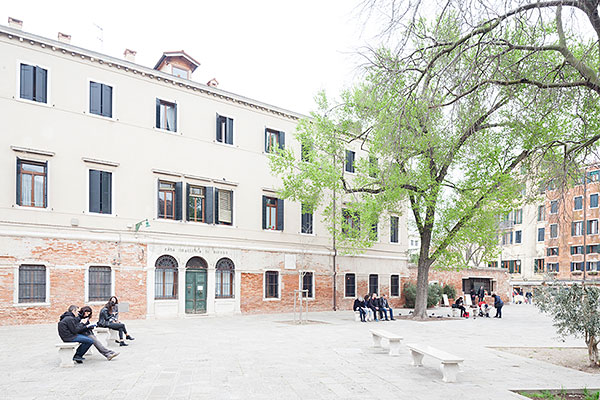
Living on an island, they knew nothing of the death camps. “Had we known we would have thrown ourselves overboard.” Many died during the three-week passage by sea and cattle car to Auschwitz. Gattegno turned 21 on the way and 22 on the way back, “At least for some of us there was a return journey,” she says. On arrival, Gattegno and her sister Lea remained together. They never saw their family again.
Among the books on Gattegno’s shelves is Primo Levi’s Survival in Auschwitz. “Everything he wrote, we lived it.” Forced labour, hunger and depersonalisation followed. They ate once a day. Their heads were shaved and Gattegno was tattooed with the number A-24324 on her left wrist. She attributes her survival to “will and instinct. It wasn’t religion. Probably because I was young and strong and with my sister.” The two refused to believe talk of the gas chambers, maintaining an optimism that saved them from despair.
The hardest part to hear is when Gattegno recalls losing Lea for a week. “Auschwitz was vast, a city. I had no way of knowing where she was. I went from building to building calling ‘Lea. Lea’”. The pitiful hopelessness is still there in the inflection of her voice.
The pair were in the sick bay in January 1945 when the Germans evacuated, filing 56,000 prisoners out of the camp on death marches, leaving the infirm behind to starve. Gattegno, weighing just 35kg, combed the camp for scraps. “The Germans left nothing. I found a turnip, frozen. I had to throw it against a wall to break it. This allowed us to survive for one more day.” A rare instance of compassion came when a Polish woman signalled that if Gattegno chopped some firewood she would give her some biscuits. “When I picked up the axe I was so weak I collapsed. She looked at me and understood and fed me anyway.”
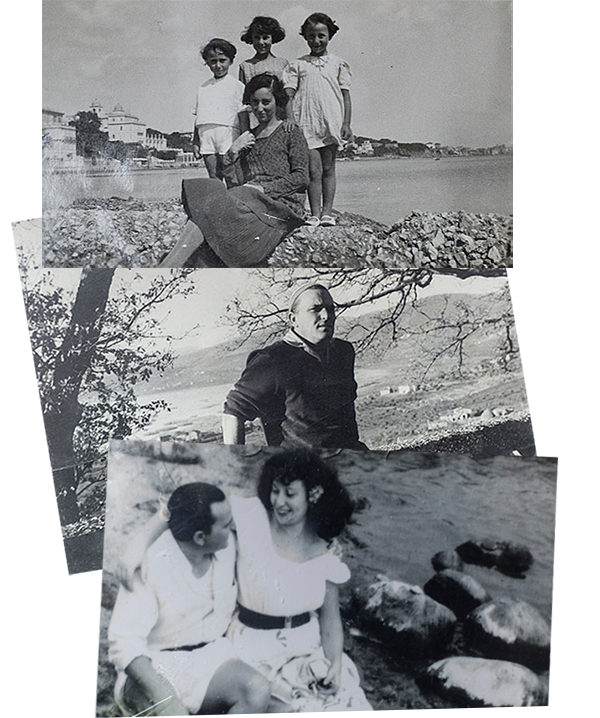
When the Russians arrived later that month, Gattegno was assigned kitchen work and regained weight rapidly. The sisters remained at Auschwitz until July 1945, when, having no one left in Rhodes, they joined relatives in Rome. When they arrived, wearing Russian fatigues, they looked well fed. “The family looked at us as if to say, ‘What concentration camp?’”
Gradually Gattegno discovered that her grandmother, mother and four-year-old brother had probably been gassed on arrival. Her other brother had been killed by a mine on the eve of their liberation.
Ugo wrote to her, desperate to be reunited. They were married in Venice and she was welcomed into his Catholic family, former fascists. Gattegno raised her daughters as Catholics hoping to ensure their safety. She never spoke of the camp, even with Lea, who now lives in Belgium. “Because she lived it as well. What was there to say?”
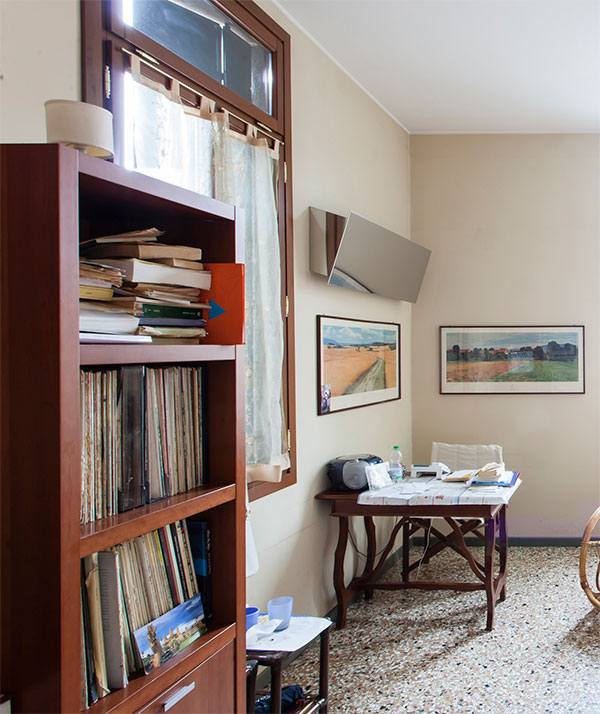
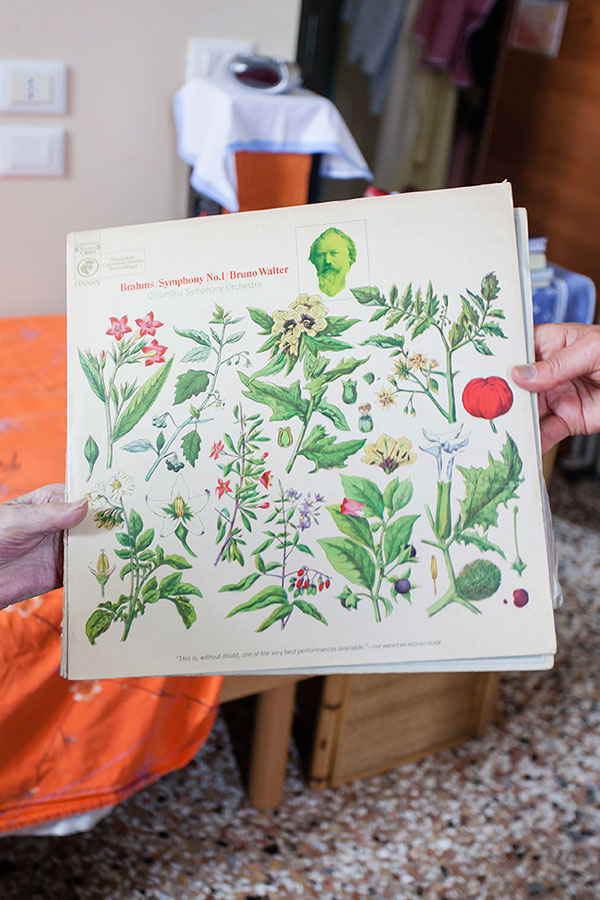
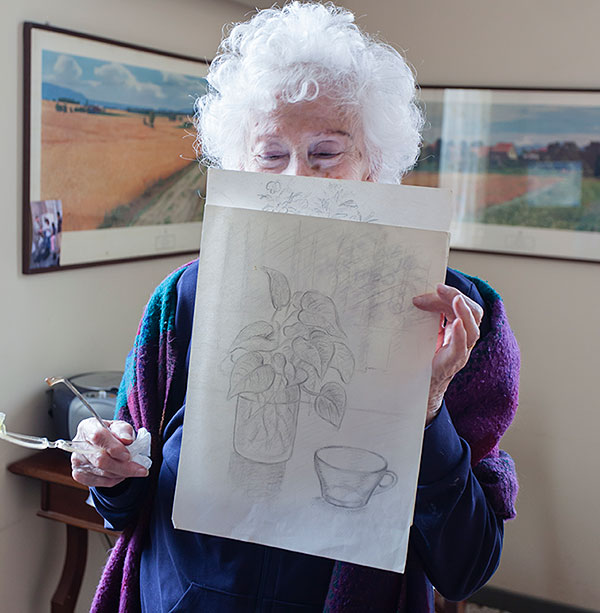
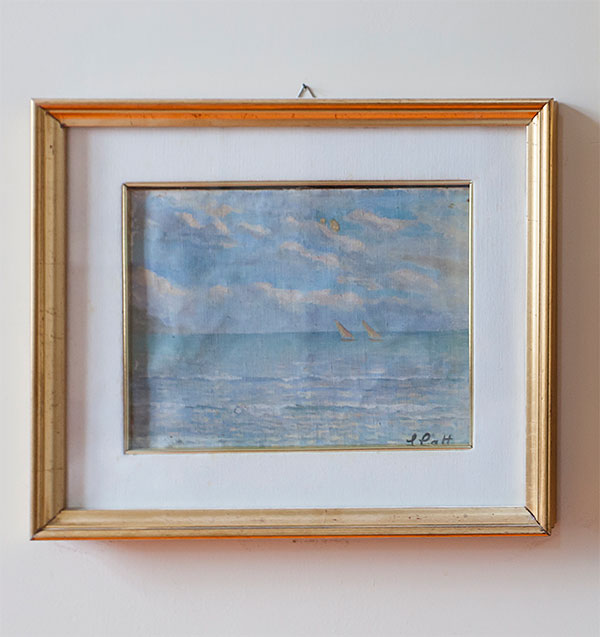
When she was widowed in 1964, Gattegno trained as a schoolteacher. In the 1980s she began to revisit her roots, attending the ghetto’s synagogues. In the 1990s Gattegno started to give talks at schools. “It’s not something you talk about willingly. Many of the generation afterwards preferred not to know. But I felt a duty. Because if the survivors did not speak now, there was a risk of forgetting, of saying that it never happened.”
In 2007 she moved into the ghetto’s retirement home, where there are four other inhabitants. The oldest is 105. “She wanted to be among her own people again”, says Gattegno’s younger daughter Donatella Cipolato, 56. “These days she talks about Auschwitz more than ever before.”
Photographs: Alberto Sinigaglia
Comments